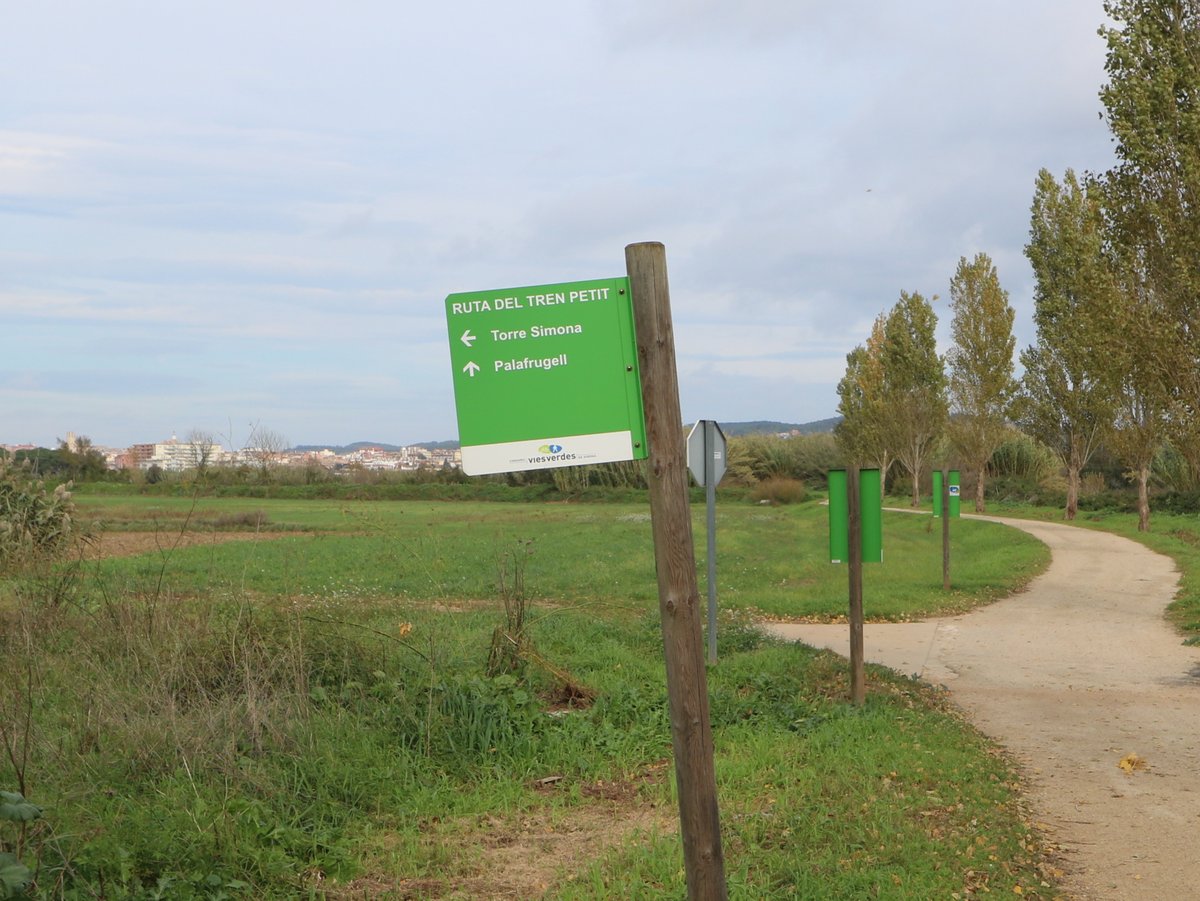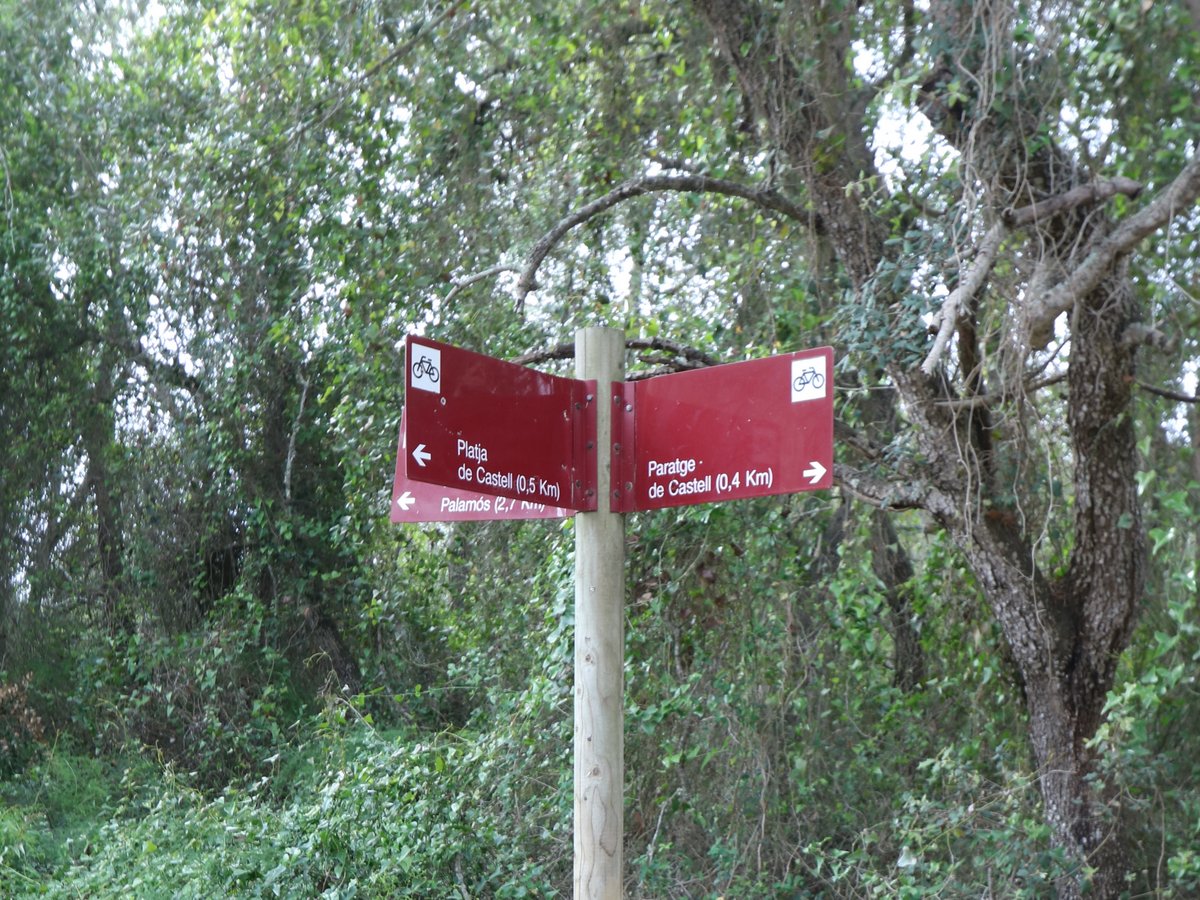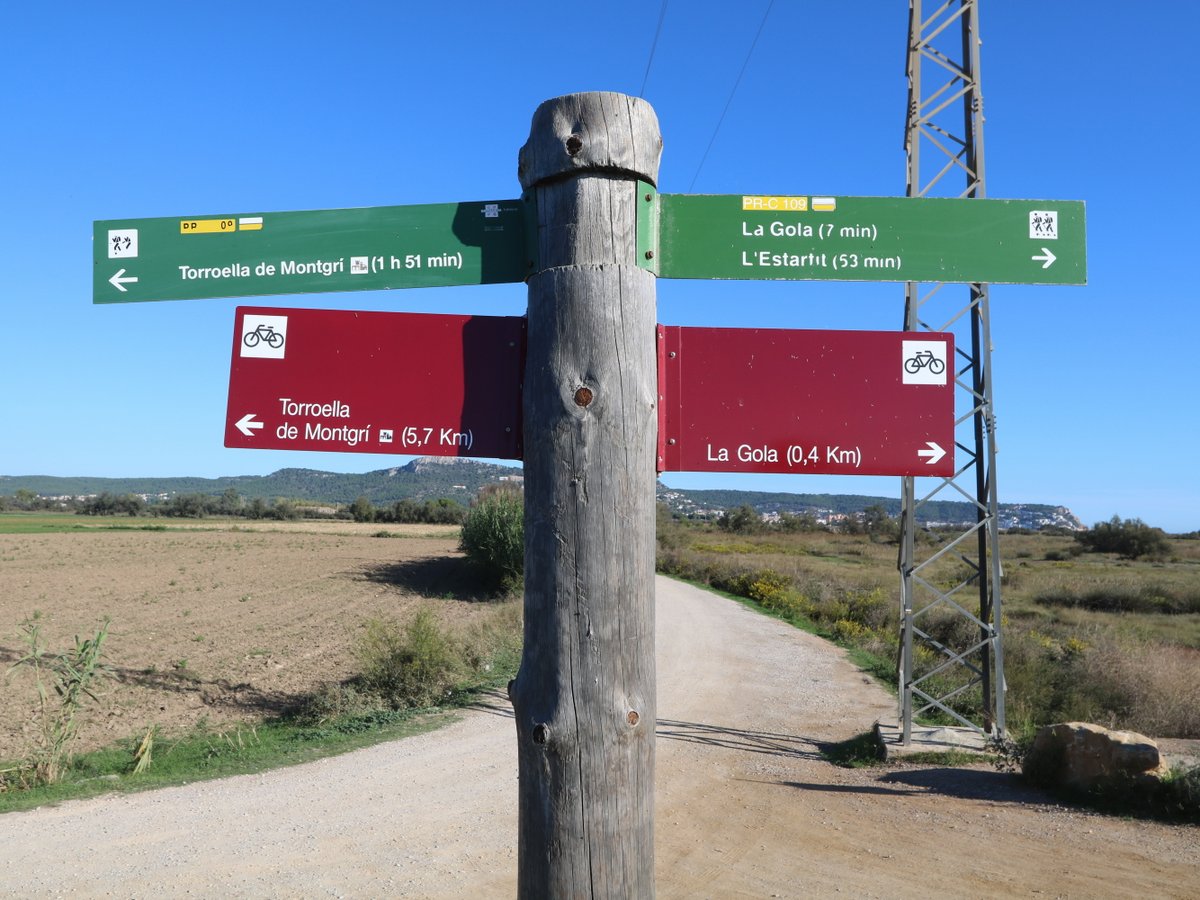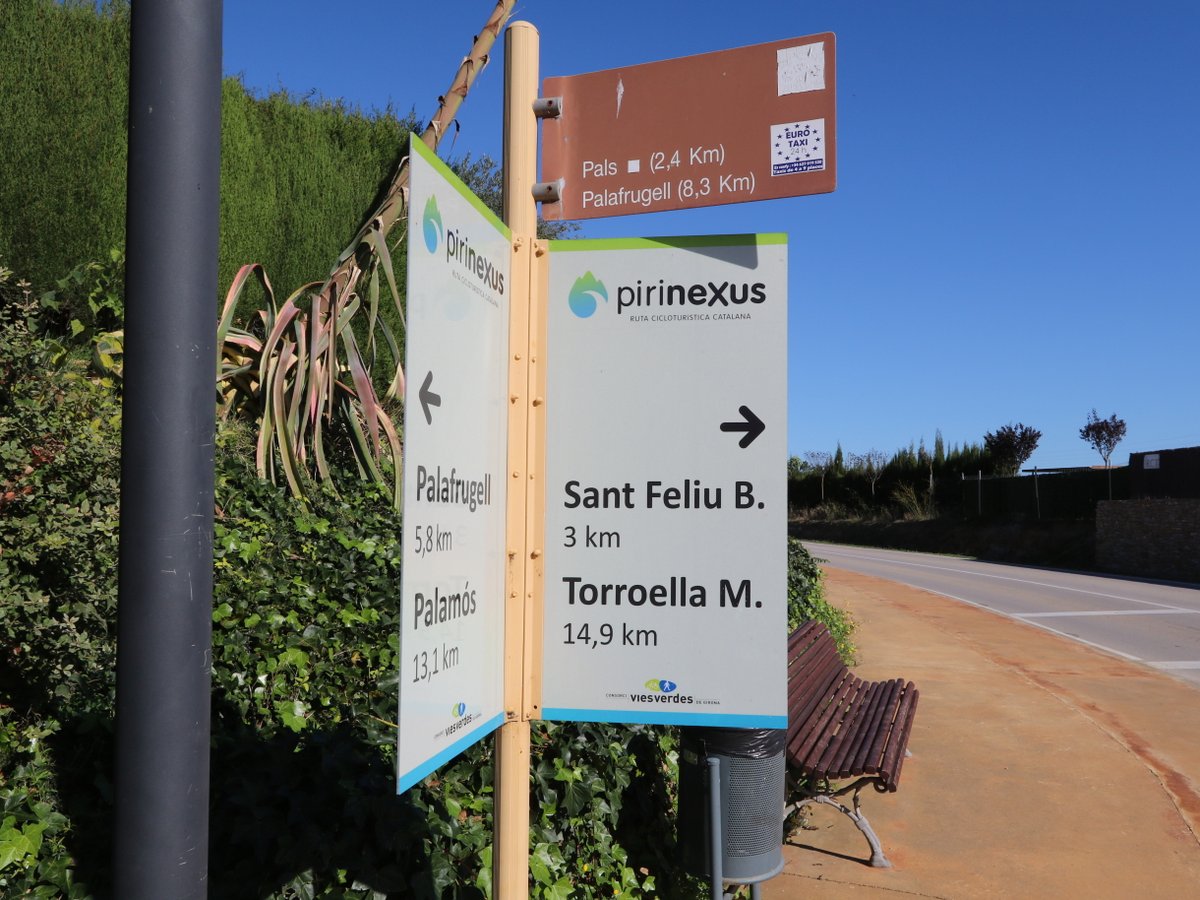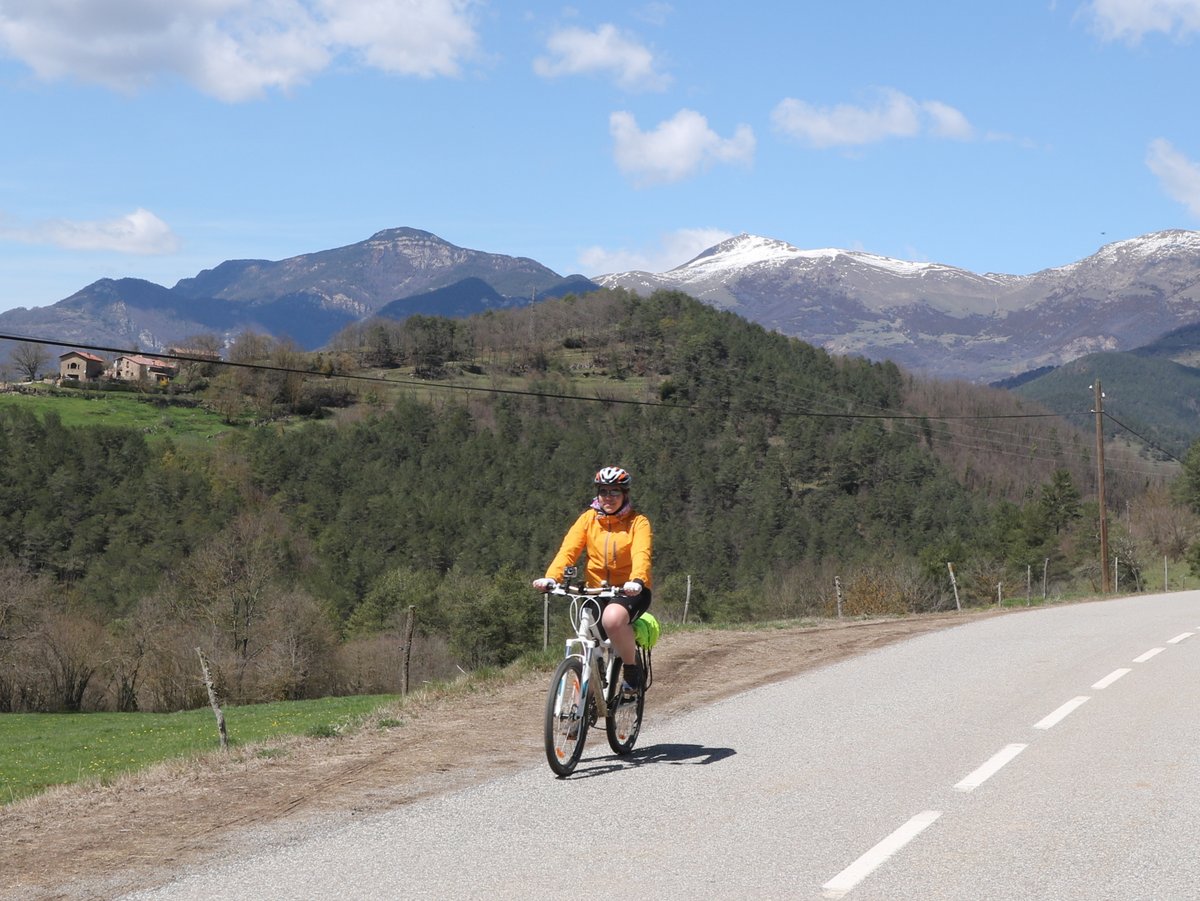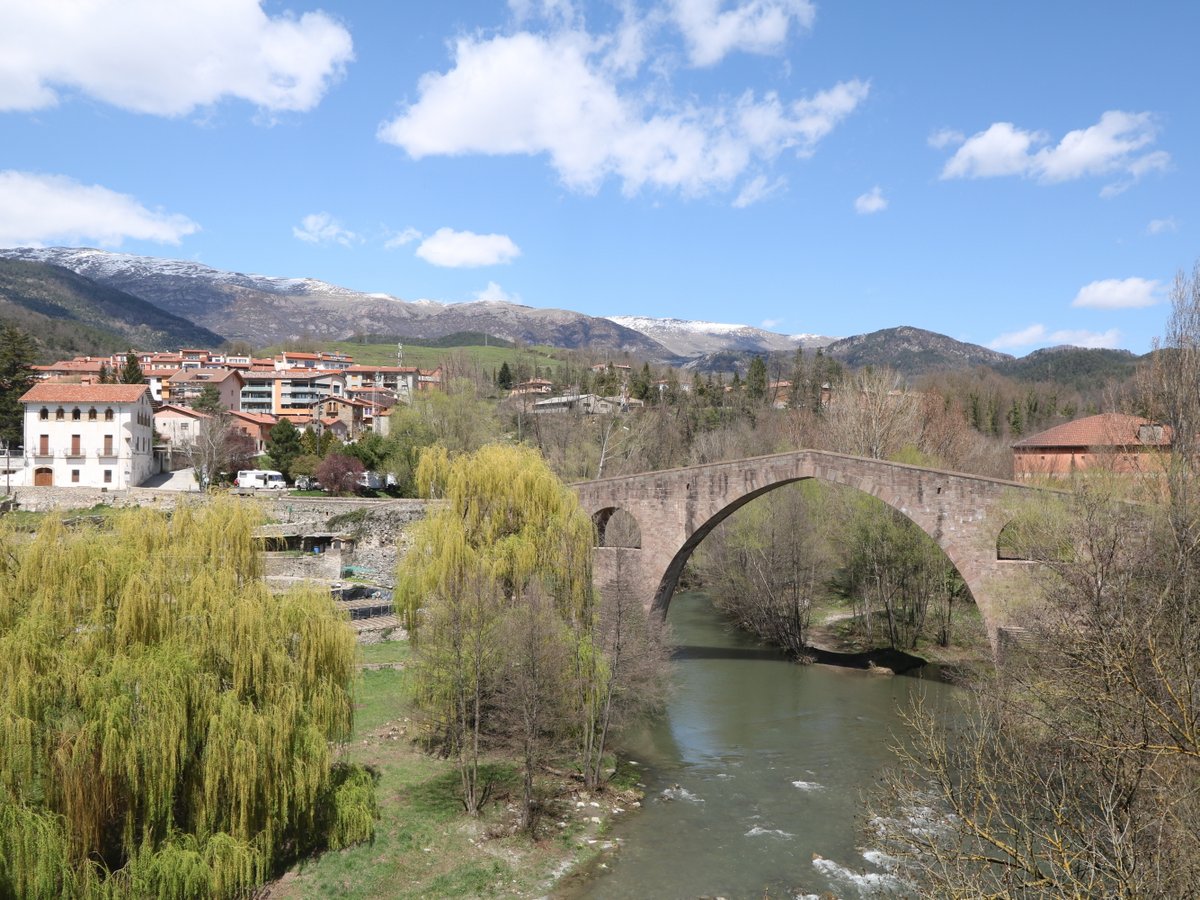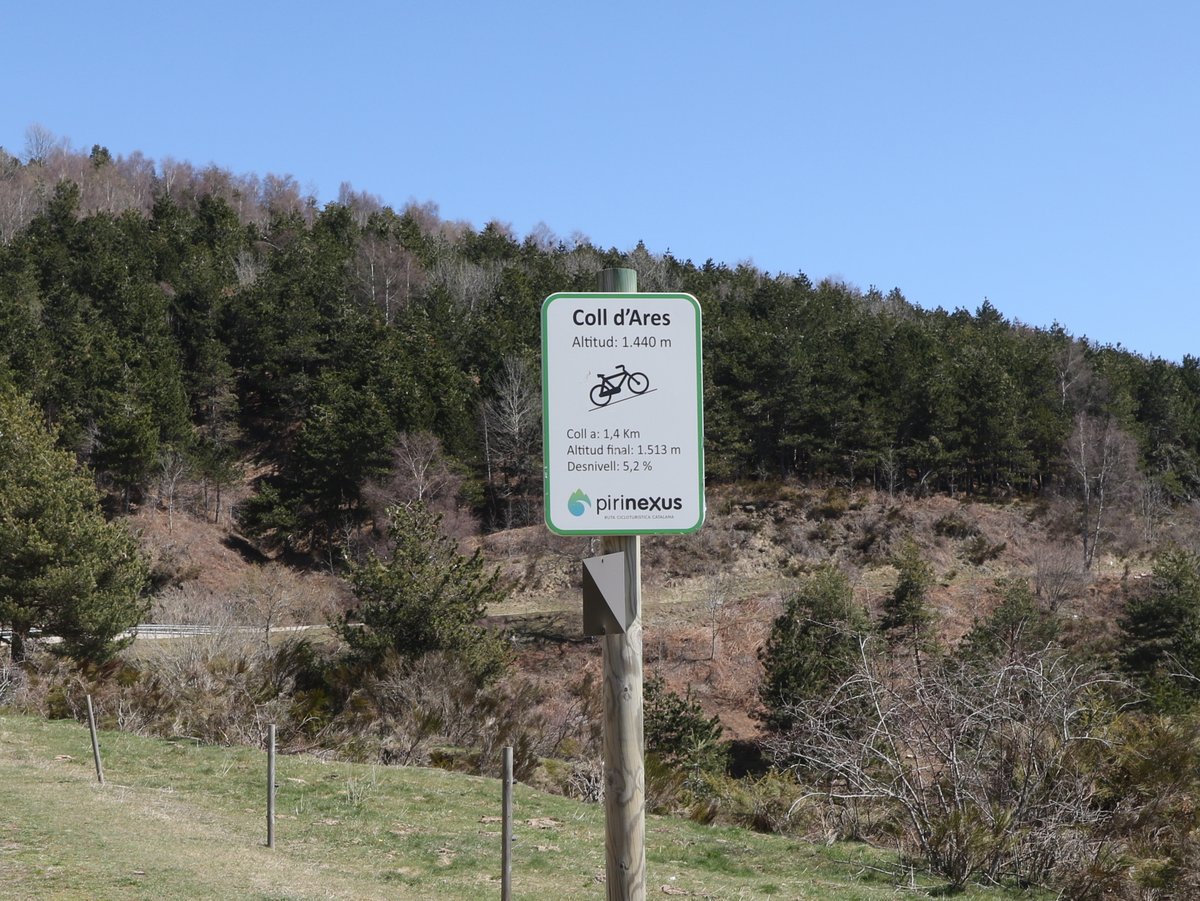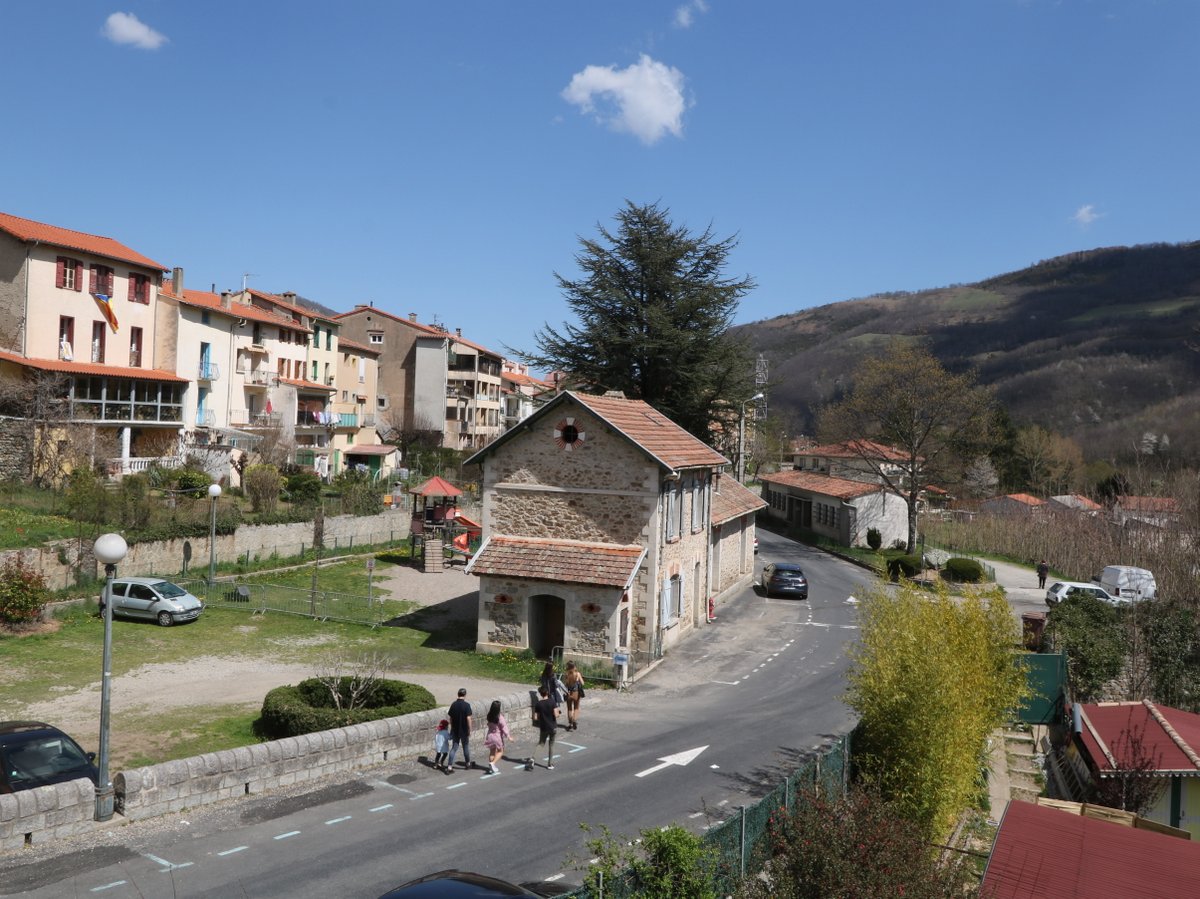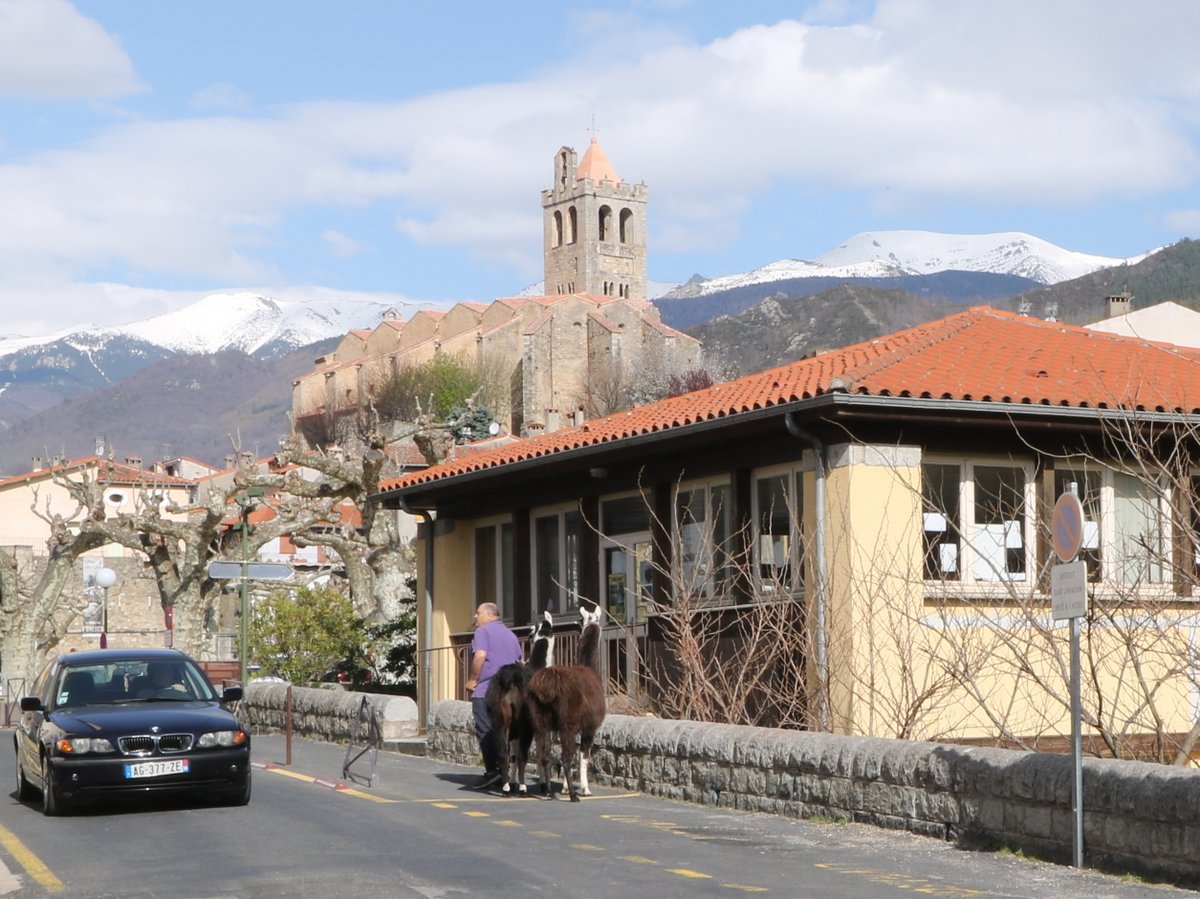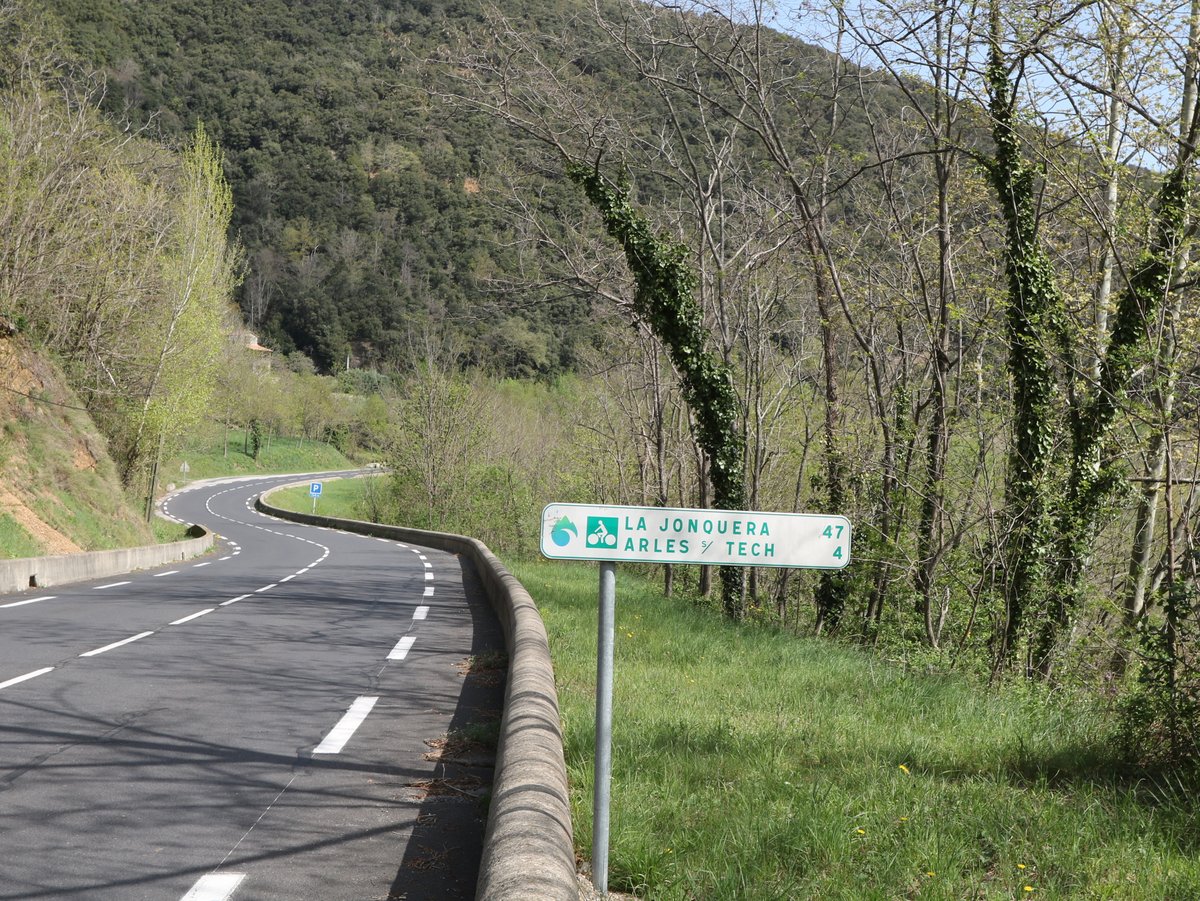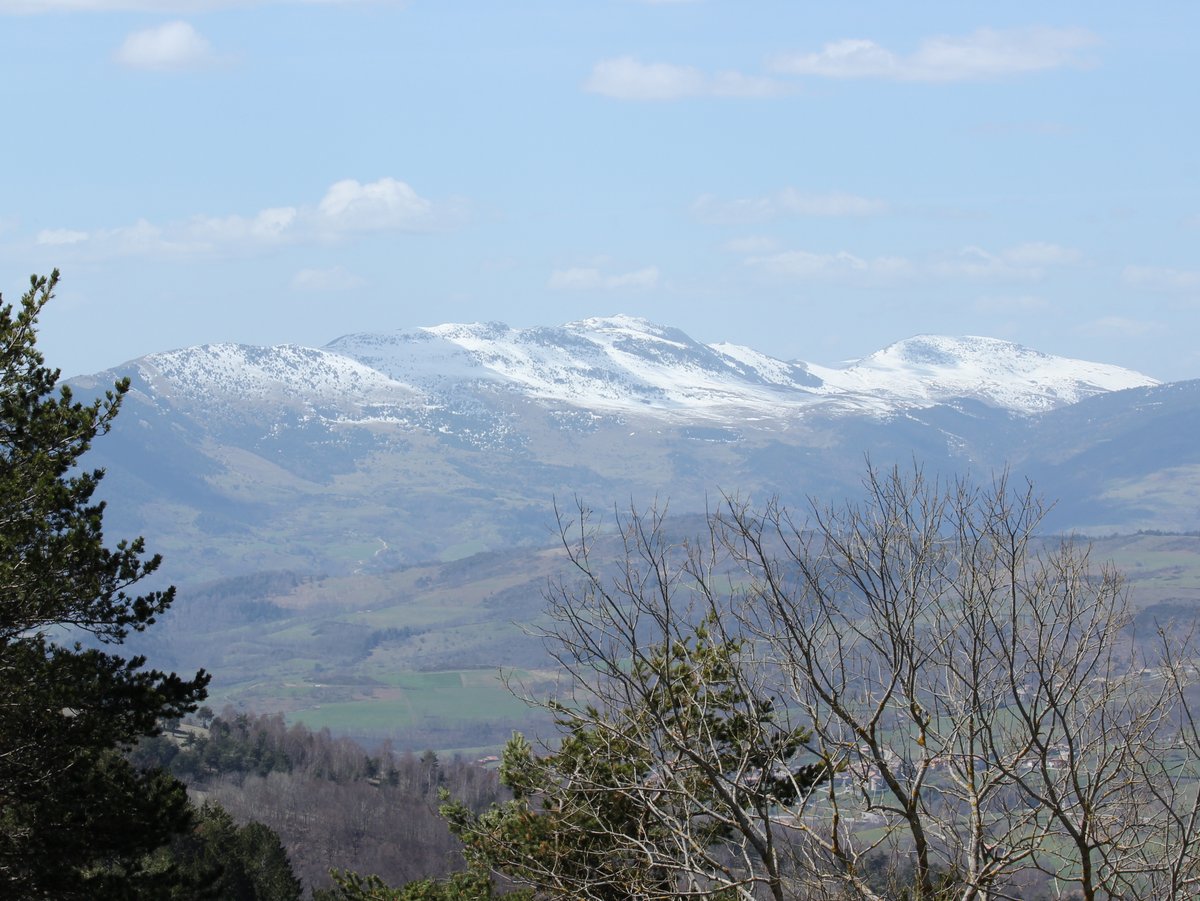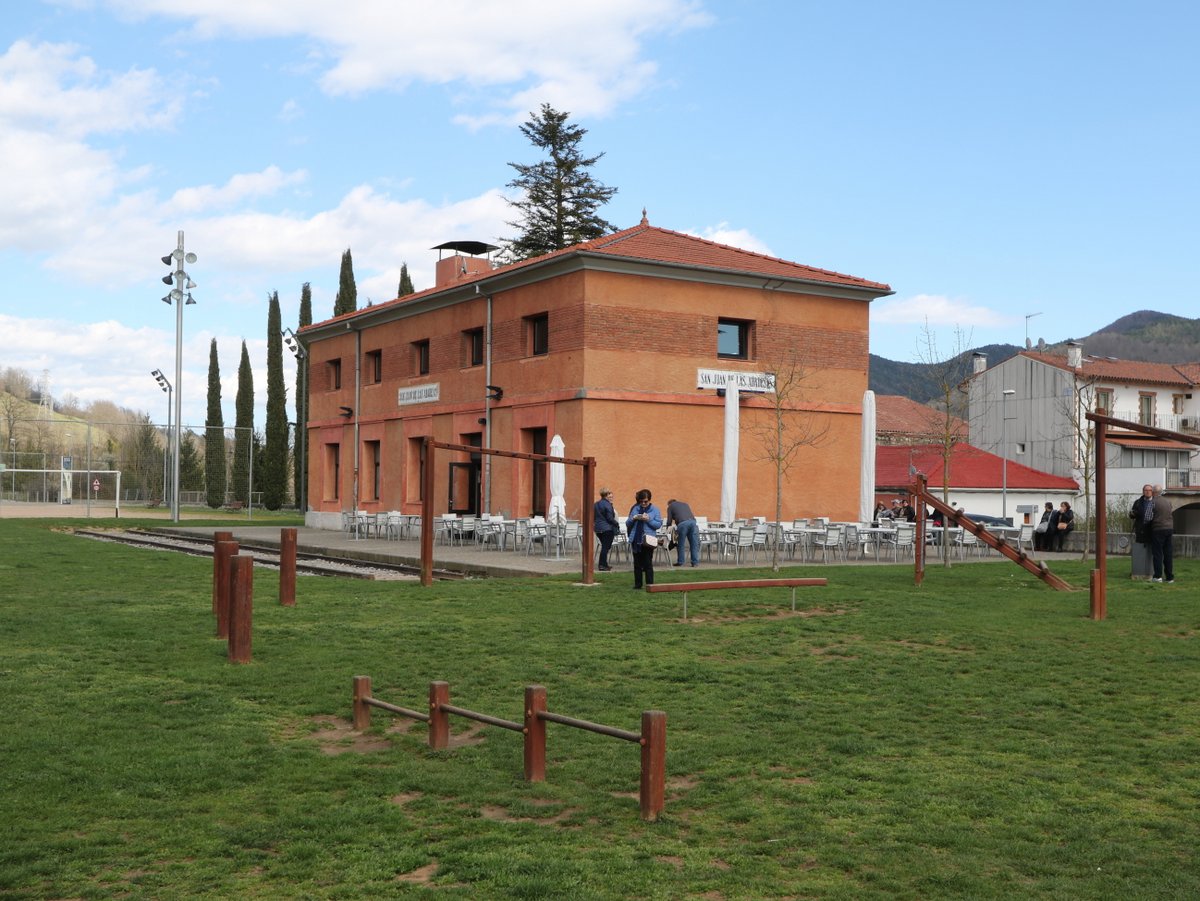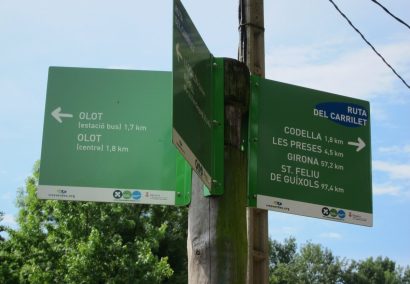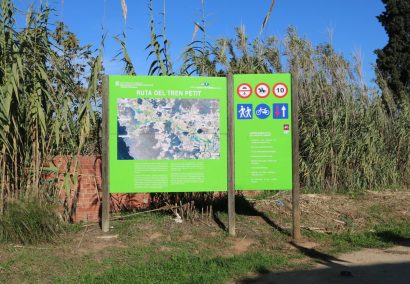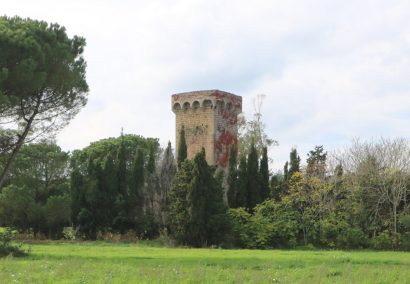Catalonia is without a doubt a paradise for cyclists. Countless cycling routes are maintained by municipalities, with detailed maps, route descriptions, websites, and tourism offices encouraging visitors and residents alike to hop into a saddle.
One cycling route in particular stands out from the rest—officially opened in 2013, Pirinexus is a ready-made solution for those wanting to have a cycling trip of a lifetime without having to lay out the route themselves.
The Pirinexus route runs along the meandering roads and trails of the Catalan province of Girona and the French department of Pyrénées-Orientales (Eastern Pyrenees). The territory covered looks pretty compact on the map, but due to the variations of the terrain, the proximity of the Mediterranean sea and the altitude changes from 0 to 1500 m above the sea level Pirinexus has a beautiful variety of landscapes that serve as a breathtaking backdrop to riding.
Over the course of just two or three days, you may snap a photo of the snowy Pyrenees and rocky coasts of the Costa Brava, encounter warmly dressed shepherds and women sunbathing topless, have a swift descent down steep mountain hills and pedal calmly along farms and green pastures on quiet planes.
The total length of the Pirinexus route is 353 km of the main trail, plus another 175 kilometres’ worth of optional additional distance to tour the sights nearby. Riding a comfortable 60 km per day will leave you time for cultural and historic sites and gastronomic delights—more than a dozen restaurants along the route are awarded Michelin stars!
If you’re a casual cyclist like us, you’re better off cycling Pirinexus in 6 to 8 days to fully enjoy a multi-day riding trip without settling into a monotonous routine. An important advantage of Pirinexus is that it’s circular. No need to worry about abandoning the car that brought you to the starting point, as you will come back to it… eventually. You may also choose to start the route wherever you feel like it.
If your goal is to cover the whole perimeter of Pirinexus, go clockwise—you’ll ride downhill on some potentially quite steep portions, plus the mischievous Tramuntana winds will be at your tail between Ceret and Sant Feliu de Guíxols.
Most of the time the Pirinexus cyclists orient themselves with the help of the dedicated Pirinexus signs, but some stretches of the route coincide with trails from other networks, like the Greenways (Vies Verdes) or the Cycling Network of Baix Empordà (La red de cicloturismo del Baix Empordà), so on those you’d need to rely on their respective signs. The only stretch of the route marked only by regular road signs lies between Palamós and Sant Feliu de Guíxols, about 20 km in length.
The average yearly temperature along Pirinexus varies between 10° and 15° C. Embarking on the road in winter, remember that the mountainous portion between Camprodon and Prats de Molló may be snowy. The wettest part of Pirinexus is the Volcanic Zone of Garrotxa (Zona volcànica de la Garrotxa) where it rains 108 days a year.
A hybrid bicycle is sufficient for a comfortable experience on the road. A mountain bike may be useful only on the 40 km stretch between Voló and Peralada.
